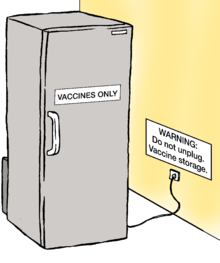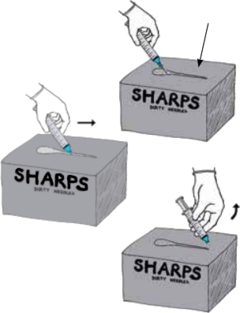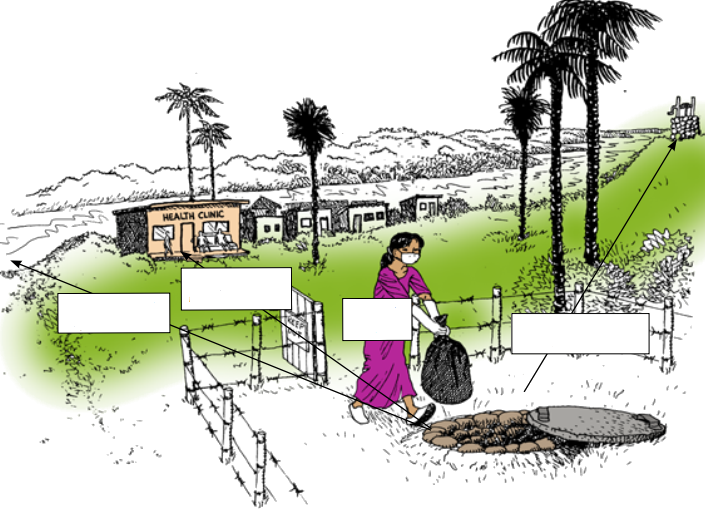Hesperian Health Guides
COVID-19: Vaccine Management
Make sure vaccines reach everyone

Provide information about how, when, and where to get vaccinated to everyone in the community. Make announcements and post notices in all the different languages people in the community speak.
Make a special effort to reach people with disabilities, elders, mothers of young children, or others who may have difficulties leaving their homes. Go door-to-door to ensure that no one misses out on being vaccinated.
Bring vaccines to the community instead of making people travel to get vaccinated. Set up vaccination sites in the community that are easy and safe for people to get to. If people must travel, arrange transportation for those who need it. If people will have to wait in long lines, try to protect them from strong sun or rain, and make chairs and drinking water available.
Learn how to store, prepare and give COVID-19 vaccines

Everyone can promote vaccination and it is easy to train people to give injections. If you are giving vaccinations or handling vaccines, your training should include:
- how to prepare the vaccines.
- how to measure the correct dose.
- how to maintain the “cold chain.”
- how to use the correct needle and syringe for the vaccine.
- how best to inject the vaccine into the muscle.
- how to record the person’s information including the date of the dose and when they can get their second dose.
For your own health and the health of those you are helping, wash your hands and wear gloves for vaccinations, wear an N-95 respirator mask, and have someone help you keep people who are waiting at least 2 meters (6 feet) apart. Use each needle one time only and then safely discard it.
Take responsibility for vaccination waste

The plastics, needles, syringes, wipes and other materials used during vaccination can create health problems for people and the environment. The COVID-19 vaccination plan should include ways to safely dispose of waste by:
- having the same people who plan the delivery of supplies plan the collection and removal of waste for treatment and safe disposal.
- setting up regional medical waste burial pits.
- helping community health clinics set up simple waste disposal systems, including separation of wastes and medical waste burial pits.
(See Hesperian’s Community Guide to Environmental Health, Chapter 19: Health Care Waste.)

from any water
from buildings
gate
hill from a well


